Digital Moisture Meter Calibration for Accuracy in Home Inspections
- Ensures accuracy in home inspections
- Ensures meters are functioning properly
- Ensures readings are accurate
It’s a process that’s not difficult, but it does require some basic understanding about how moisture meters work.
Here’s a primer on digital moisture meter calibration for home inspectors.
How Moisture Meters Work
There are two main types of moisture meters: pin-type and pinless.
Pin-type moisture meters have two metal probes that penetrate the surface being tested. The moisture content is then displayed as a percentage on the digital readout.
Pinless moisture meters, on the other hand, don’t require physical contact with the surface being inspected. Instead, they emit low-frequency electromagnetic waves that penetrate up to 3/4” below the surface. The moisture content is then displayed as a percentage on the digital readout.
While both types of moisture meters are designed to provide accurate readings, they can be affected by a number of factors. That’s why it’s important to calibrate them on a regular basis.
Factors That Can Affect Moisture Meter Accuracy
There are a number of factors that can influence the accuracy of a moisture meter reading, including:
- Type of meter
- Type of surface being tested
- Condition of the surface being tested
- Moisture content of the surface being tested
- Temperature
- Relative humidity
- Electrical interference
In order to get accurate readings, it’s important to calibrate your moisture meter on a regular basis.
Calibration Procedures
There are two types of calibration procedures: standard and field.
Standard calibration is the most common and is typically done with a device known as a calibration checker. This is a small, portable device that’s specifically designed to test the accuracy of moisture meters.
Field calibration, on the other hand, is done with a known moisture sample. This could be a piece of wood with a known moisture content or a damp sponge. The idea is to test the moisture meter on a known moisture source to see if it’s providing accurate readings.
Most manufacturers recommend that moisture meters be calibrated on a monthly basis. However, some experts believe that’s too often. They recommend calibrating pin-type moisture meters every three to six months and pinless moisture meters every six to twelve months.
Conducting a Calibration Check
To conduct a calibration check, you’ll need a few things:
- Moisture meter
- Calibration checker
- 9-volt battery
- Phillips head screwdriver
The first thing you’ll want to do is remove the battery cover from the back of the moisture meter. Next, insert the 9-volt battery into the battery compartment and replace the cover.
Now it’s time to connect the moisture meter to the calibration checker. Most moisture meters will have a jack for this purpose. If yours doesn’t, you can use the alligator clips that come with the calibration checker.
Once the moisture meter is connected to the calibration checker, turn on the device. You should see a reading of 50% on the display. If you don’t, the moisture meter needs to be calibrated.
Calibrating a Moisture Meter
Calibrating a moisture meter is a relatively simple process. Most moisture meters will have a calibration screw somewhere on the body of the device.
To calibrate the moisture meter, turn the calibration screw clockwise or counterclockwise until the display reads 50%. Once the display reads 50%, the moisture meter is calibrated and ready for use.
It’s important to note that some moisture meters have a self-calibration feature. This means that the moisture meter will calibrate itself automatically when it’s turned on.
If your moisture meter has this feature, you won’t need to calibrate it manually. However, it’s still a good idea to check the calibration on a regular basis to ensure the moisture meter is providing accurate readings.
Conclusion
Calibrating a digital moisture meter is a simple but important process. By taking the time to calibrate your moisture meter on a regular basis, you can ensure that it’s providing accurate readings.












